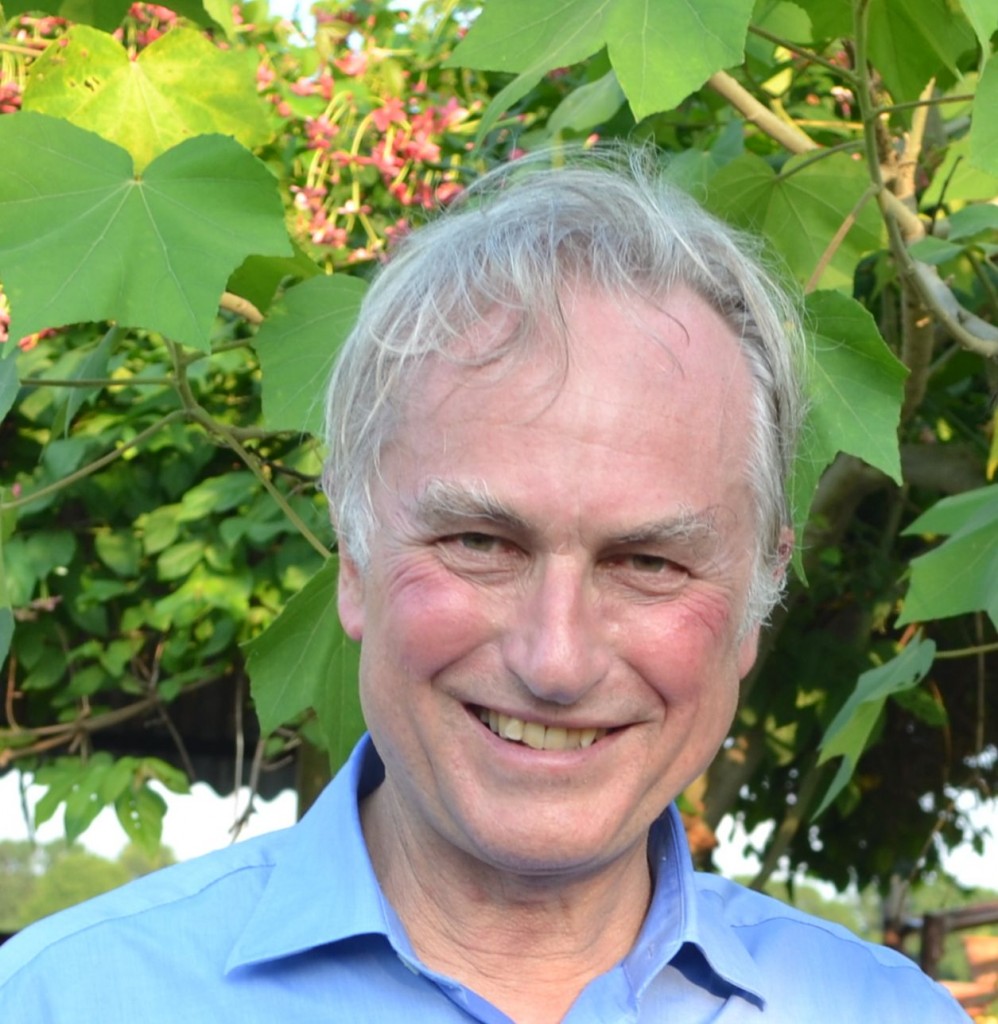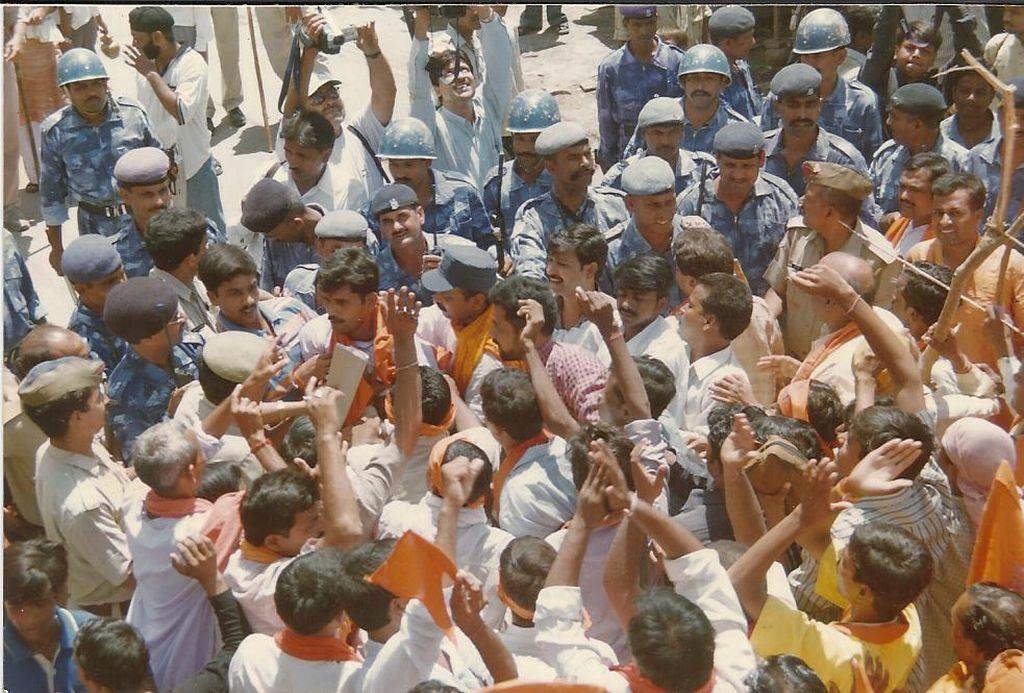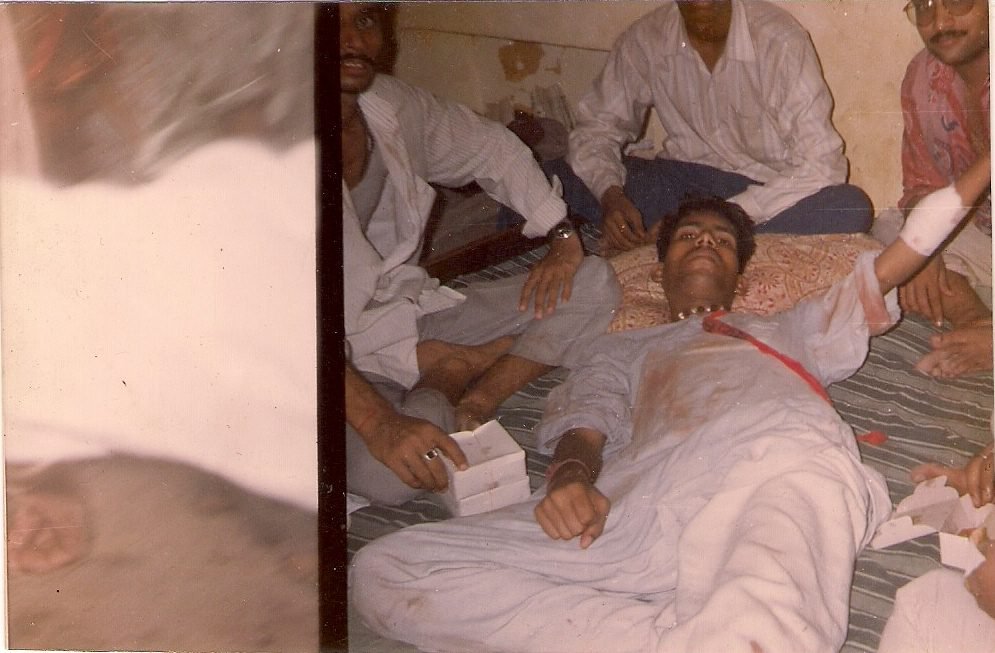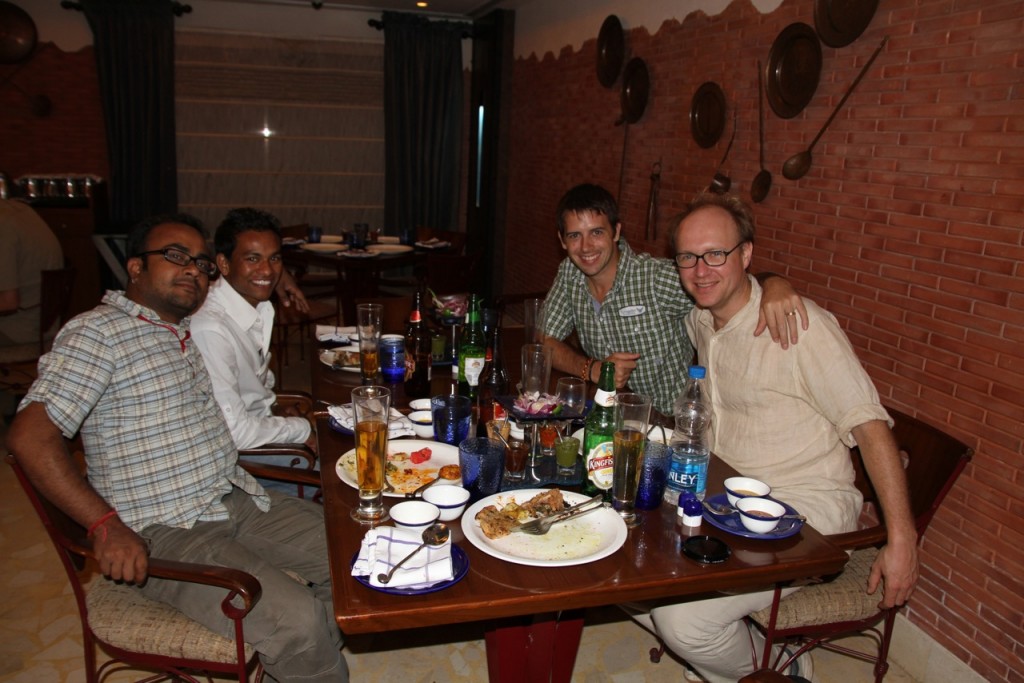Exposing Corruption in Varanasi: My Experience with CNN IBN
A few weeks ago, CNN IBN contacted me regarding corruption stories from Varanasi. They explained that they run a program called Citizen Journalist, where ordinary people step forward as reporters to expose crimes and irregularities. I was already familiar with the show, as it’s quite popular in India, and I decided to contribute. They had found me through my blog, where I had previously written about several corruption cases. Like many other Indian citizens, I had witnessed corruption at almost every level of society, but now I finally had a platform to bring these stories to light.
The Stories I Shared
I provided CNN IBN with four stories:
-
Corruption in MNREGA implementation
-
Corruption in Varanasi’s drinking water supply
-
Irregularities in sewage treatment plants
-
Encroachment of sacred ponds and the scam in ticketing at Sarnath
To strengthen these stories, they asked me to find people directly affected by these corrupt practices. Through Lok Samiti, I identified villagers suffering under MNREGA corruption. I also contacted Shanti Lal Jain, a social worker who had worked extensively on Ganga issues, to speak about sewage treatment plant corruption. For the ponds, I reached out to a retired engineer who had used the Right to Information Act to reveal illegal encroachments and obtained a High Court directive ordering restoration of ponds captured after 1957. The last story, however, was something I had personally experienced countless times—the scam at the ticketing counter in Sarnath.
The Scam at Sarnath
At Sarnath’s excavation site, ticket collectors were pocketing entire tickets instead of tearing them in half as required by law. The untouched tickets were then resold, generating illegal revenue. This practice was carried out openly, with the involvement of government employees and even some tourist guides who received a share of the profits. I was repeatedly offered participation in this scam but had always refused. As a guide, I have many opportunities to earn through commissions, but I have always believed in honest work.
This time, however, I saw a chance to do something meaningful. Still, I was worried about the risks—ASI (Archaeological Survey of India) could easily retaliate by canceling my tourist guide license. To be safe, I consulted my brother, who also works in the tourism industry. His advice was blunt but motivating: “Go and expose them.”
Collecting Evidence
CNN IBN asked me to gather proof before the crew arrived. My friend Babu and I went to Sarnath, where we filmed ticket collectors directly dropping tickets into a sack instead of tearing them. Later, when the CNN IBN crew reached Varanasi, they worked on the other stories first. Each story created an impact: the woman affected by MNREGA corruption received her salary, and the administration began looking into pond restoration.
For the Sarnath story, I needed volunteers to act as tourists. I advertised on Couchsurfing and eventually chose a British couple staying at my guesthouse. On the filming day, we staged a visit. From a distance, the crew captured footage of the collectors keeping tickets whole. When we had enough evidence, we confronted them on camera. As soon as the ticket collector saw the camera, he hurriedly tore the ticket and returned half to the volunteer, trying to cover his tracks. We immediately checked the sack and found over 500 fresh tickets—clear evidence of resale.
The Confrontation
Soon after, an ASI employee from the ticket counter arrived. When questioned, he gave absurd explanations, claiming Sri Lankan tourists and young couples often discarded tickets, which staff collected and tore later. These excuses were laughable, especially since I had witnessed them reselling tickets myself. Later, a female ASI employee openly admitted on camera that the scam had been happening for years and that every government employee at the excavation site was involved. This confirmation gave me immense relief and confidence. We also attempted to speak to the officer in charge of Sarnath, but he literally ran away upon seeing us.
Public Support and Aftermath
Filming at the entrance drew large crowds. At one point, I was surrounded by nearly 100 people chanting slogans against corruption. Their support gave me strength in what was otherwise a very tense moment. The next morning, every local newspaper reported the story, though none mentioned me or CNN IBN directly. The officer in charge claimed ignorance and promised action, which I knew was just a cover-up. Nevertheless, I urged CNN IBN to escalate the matter to ASI’s regional office in Patna and the head office in Delhi.
I now feel more secure, especially since an ASI officer herself admitted to the scam on record. For me, the greatest reward was not media recognition, but the overwhelming public support and the satisfaction of exposing a system that had been cheating tourists and staining the reputation of Sarnath for years.











































